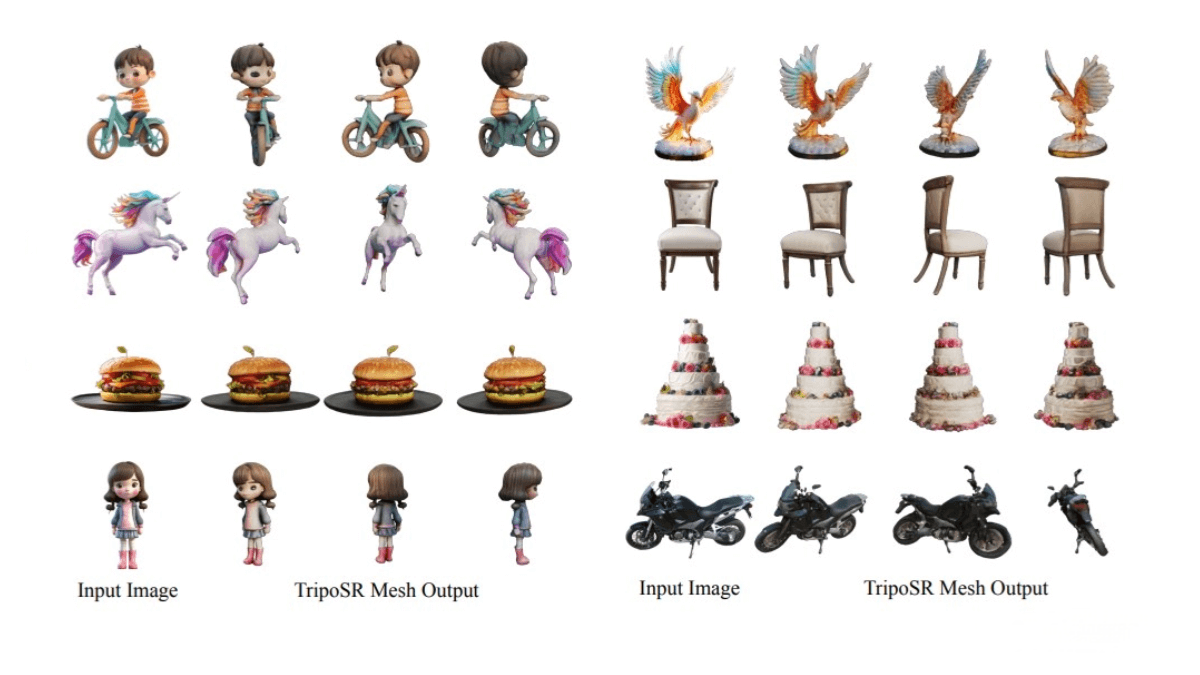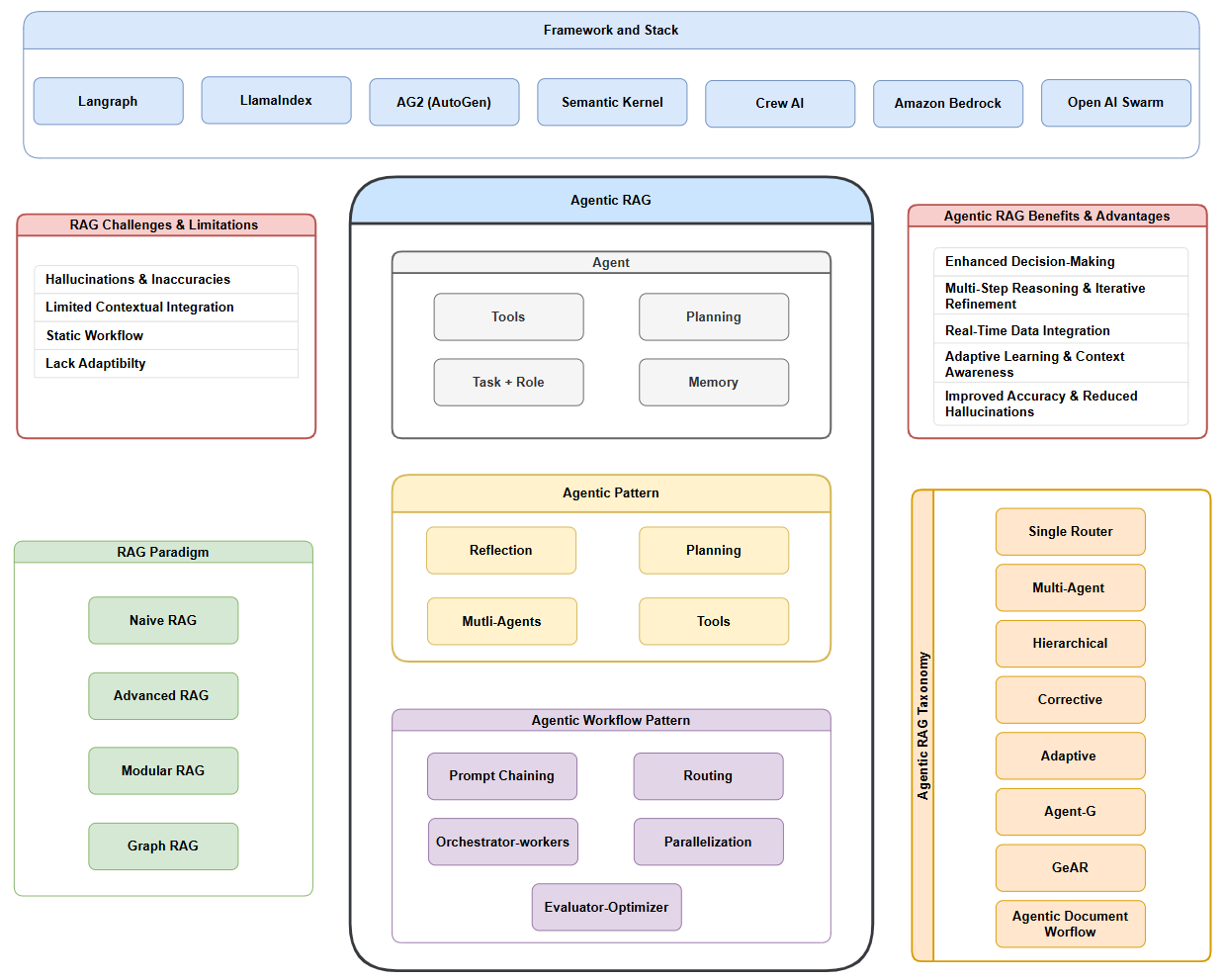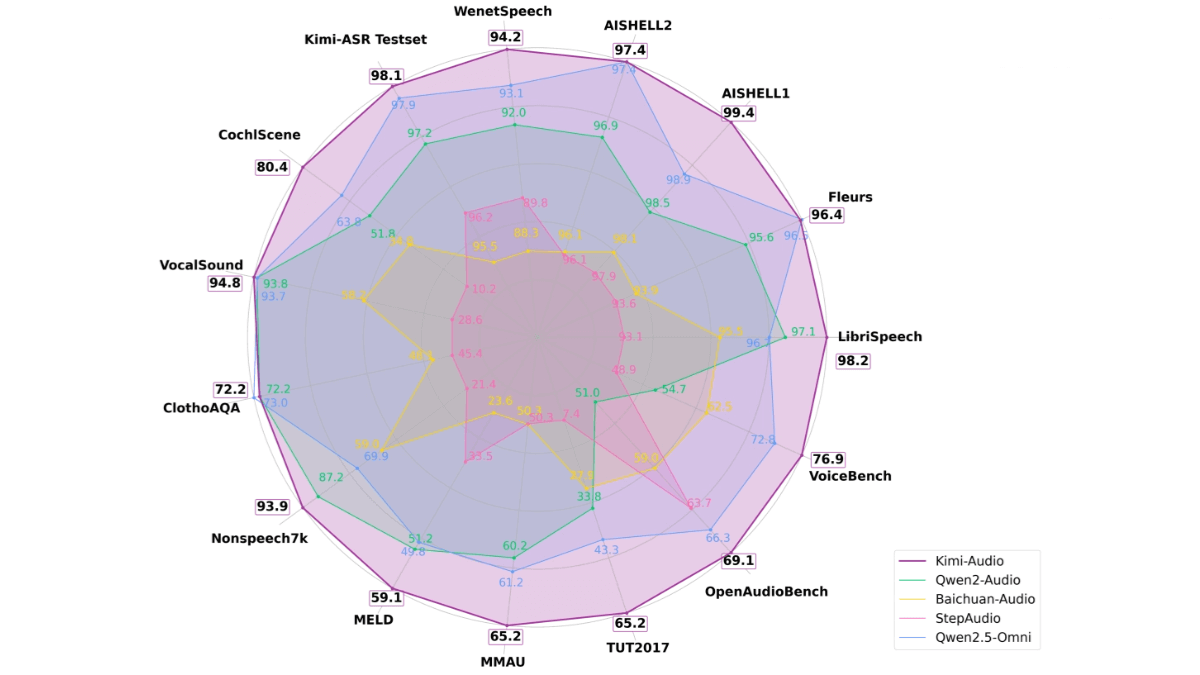TripoSR – A 3D generation model jointly open-sourced by Stability AI and VAST
What is TripoSR?
TripoSR is an open-source 3D generation model jointly launched by Stability AI and VAST. It can quickly generate high-quality 3D models from a single 2D image in less than 0.5 seconds. The model is based on the Transformer architecture and adopts the principles of the Large Reconstruction Model (LRM), with numerous improvements in data processing, model design, and training techniques. TripoSR outperforms other open-source alternatives on multiple public datasets. It supports running on devices without a GPU, significantly lowering the barrier to use. Licensed under the MIT license, it allows for commercial, personal, and research use.

The main functions of TripoSR
- Generate 3D objects from a single image: TripoSR can automatically create 3D models from a single 2D image provided by the user. It identifies objects in the image, extracts their shapes and features, and constructs the corresponding 3D geometric structures.
- Fast conversion: TripoSR processes at an extremely high speed, generating high-quality 3D models in less than 0.5 seconds on an NVIDIA A100 GPU, significantly reducing the time and resources required for traditional 3D modeling.
- High-quality rendering: TripoSR emphasizes the quality of the output 3D models, ensuring detailed and realistic results.
- Adapt to various images: TripoSR can handle various types of 2D images, including static images and those with a certain level of complexity.
The technical principle of TripoSR
- Architecture Design:The architecture of TripoSR is based on LRM (Large Reconstruction Model), with several technical improvements made on this foundation.
1.Image Encoder: A pre-trained vision transformer model, DINOv1, is used to project the input RGB image into a set of latent vectors. These vectors encode both global and local features of the image, providing the necessary information for subsequent 3D reconstruction.
2. Image-to-Triplane Decoder: This module converts the latent vectors output by the image encoder into a tri-plane NeRF representation. The tri-plane NeRF representation is a compact and expressive 3D representation format, suitable for representing objects with complex shapes and textures.
3. Triplane-based NeRF: Composed of a stack of multi-layer perceptrons (MLPs), this component is responsible for predicting the color and density of 3D points in space. In this way, the model can learn detailed shape and texture information of object surfaces. - Technical Algorithms:TripoSR employs a series of advanced algorithms to achieve its fast and high-quality 3D reconstruction capabilities:
1. Transformer Architecture: TripoSR is based on the Transformer architecture, particularly leveraging self-attention and cross-attention layers to process and learn global and local features of images.
2. Neural Radiance Field (NeRF): The NeRF model, composed of MLPs, predicts the color and density of points in 3D space, enabling fine-grained modeling of object shapes and textures.
3. Importance Sampling Strategy: During training, TripoSR adopts an importance sampling strategy by rendering random patches of size 128×128 from the original high-resolution images. This ensures faithful reconstruction of object surface details while effectively balancing computational efficiency and reconstruction granularity. - Data Processing Methods:TripoSR has made several improvements in data processing:
1. Data Management: By selecting a carefully curated subset of the Objaverse dataset, TripoSR enhances the quality of the training data.
2. Data Rendering: A variety of data rendering techniques are employed to more closely simulate the distribution of real-world images, thereby improving the model’s generalization ability.
3. Tri-plane Channel Optimization: To improve model efficiency and performance, TripoSR optimizes the channel configuration in the tri-plane NeRF representation. Through experimental evaluation, a configuration with 40 channels was chosen, using larger batch sizes and higher resolutions during training while maintaining low memory usage during inference. - Training Techniques:TripoSR has also introduced several innovations in training techniques:
1. Mask Loss Function: A mask loss function is incorporated during training to significantly reduce “floating artifact” issues and improve reconstruction fidelity.
2. Local Rendering Supervision: Since the model relies entirely on rendering loss for supervision, high-resolution rendering is required to learn detailed shape and texture reconstruction. To address the computational and GPU memory load caused by high-resolution rendering and supervision, TripoSR renders random patches of size 128×128 from the original 512×512 resolution images during training.
3. Optimizer and Learning Rate Scheduling: TripoSR uses the AdamW optimizer combined with a cosine annealing learning rate scheduler (CosineAnnealingLR). During training, a weighted combination of LPIPS loss and mask loss is applied to further enhance reconstruction quality.
The project address of TripoSR
- Github Repository: https://github.com/VAST-AI-Research/TripoSR
- Hugging Face Model Hub: https://huggingface.co/stabilityai/TripoSR
- arXiv Technical Paper: https://arxiv.org/pdf/2403.02151
The performance effects of TripoSR
- Quantitative Results: On the GSO and OmniObject3D datasets, TripoSR outperforms other methods in both Chamfer Distance (CD) and F-score (FS) metrics, achieving a new state-of-the-art performance.
- Qualitative Results: The 3D shapes and textures reconstructed by TripoSR are visually superior to those of other methods, better capturing the complex details of objects.
- Inference Speed: TripoSR takes approximately 0.5 seconds to generate a 3D mesh from a single image on an NVIDIA A100 GPU, making it one of the fastest feedforward 3D reconstruction models.
Application scenarios of TripoSR
- Game Development: Game designers can use TripoSR to quickly convert 2D concept art or reference images into 3D game assets, accelerating the game development process.
- Film and Animation Production: Film producers can use TripoSR to create 3D characters, scenes, and props from static images for movie special effects or animation production.
- Architecture and Urban Planning: Architects and urban planners can quickly generate 3D building models based on existing 2D blueprints or photos for visualization and simulation.
- Product Design: Designers can use TripoSR to transform 2D design sketches into 3D models for product prototyping, testing, and presentation.
- Virtual Reality (VR) and Augmented Reality (AR): Developers can use TripoSR to create 3D virtual objects and environments for VR games, educational applications, or AR experiences.
- Education and Training: Teachers and trainers can create 3D teaching models for education in fields such as science, engineering, and medicine.
© Copyright Notice
The copyright of the article belongs to the author. Please do not reprint without permission.
Related Posts

No comments yet...



